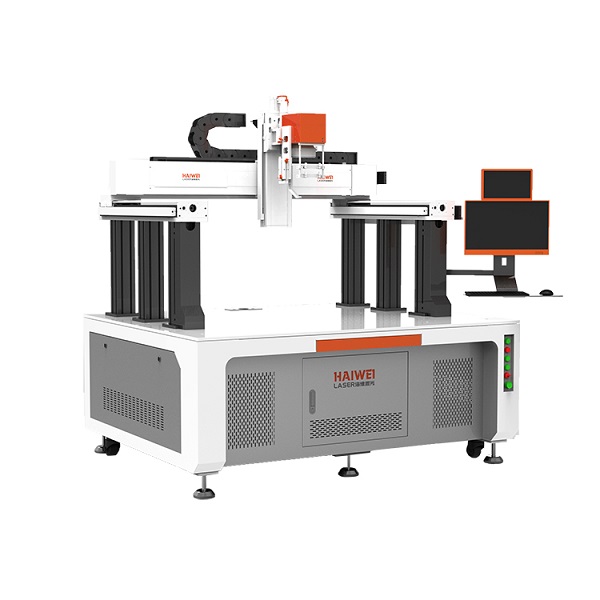How to Avoid Weld Deformation During Battery Cell Assembly with Lithium-Ion Laser Welding Machines
In the production of lithium-ion battery packs, ensuring minimal laser welding deformation is critical for maintaining the integrity and performance of the cells. Proper use of lithium-ion laser welding machines can significantly reduce thermal distortion during the joining process.

Optimize Welding Parameters
The first step in minimizing deformation is optimizing the welding parameters. This includes adjusting the laser power, speed, and focus diameter to match the specific material properties and thickness of the battery components. For instance, using a higher welding speed with lower power density can reduce heat input, thereby decreasing the risk of warping or buckling.
Pulse Modulation Techniques
Implementing pulse modulation techniques such as pulsed laser welding instead of continuous wave (CW) can help control heat distribution more effectively. Pulsed lasers allow for precise energy delivery, reducing the overall temperature rise in the welded area and thus minimizing the likelihood of laser welding deformation.
Clamping and Fixturing
Proper clamping and fixturing are essential to hold the parts firmly in place during welding. Customized fixtures that apply uniform pressure around the weld zone can prevent movement and maintain part alignment, which is crucial for avoiding deformation.
Cooling Strategies
Integrating active cooling methods like air or water-cooled fixtures can rapidly dissipate heat away from the weld site. This not only helps in controlling the localized temperature but also minimizes the thermal expansion and contraction cycles that lead to deformation.
Post-Weld Inspection and Correction
Regular post-weld inspection using non-destructive testing (NDT) techniques allows for early detection of any deformations. If minor distortions are found, corrective actions such as rework or mechanical straightening can be applied before the batteries proceed to subsequent assembly stages.
By focusing on these strategies, manufacturers can ensure high-quality welds with minimal deformation when using lithium-ion laser welding machines. Choosing a supplier experienced in process optimization, like Haiwei Laser, provides additional assurance of achieving superior welding outcomes.
Recent Posts
- What are the advantages of laser welding machines in lithium battery pack production lines?
- What issues should be noted when choosing a lithium battery pack production line?
- Quality Inspection and Control of Lithium Battery Module Pack Production Line
- Cell grouping and sorting process in lithium battery module pack production line
- What are the safety hazards of lithium battery pack production lines and how can they be prevented?
INQUIRY

